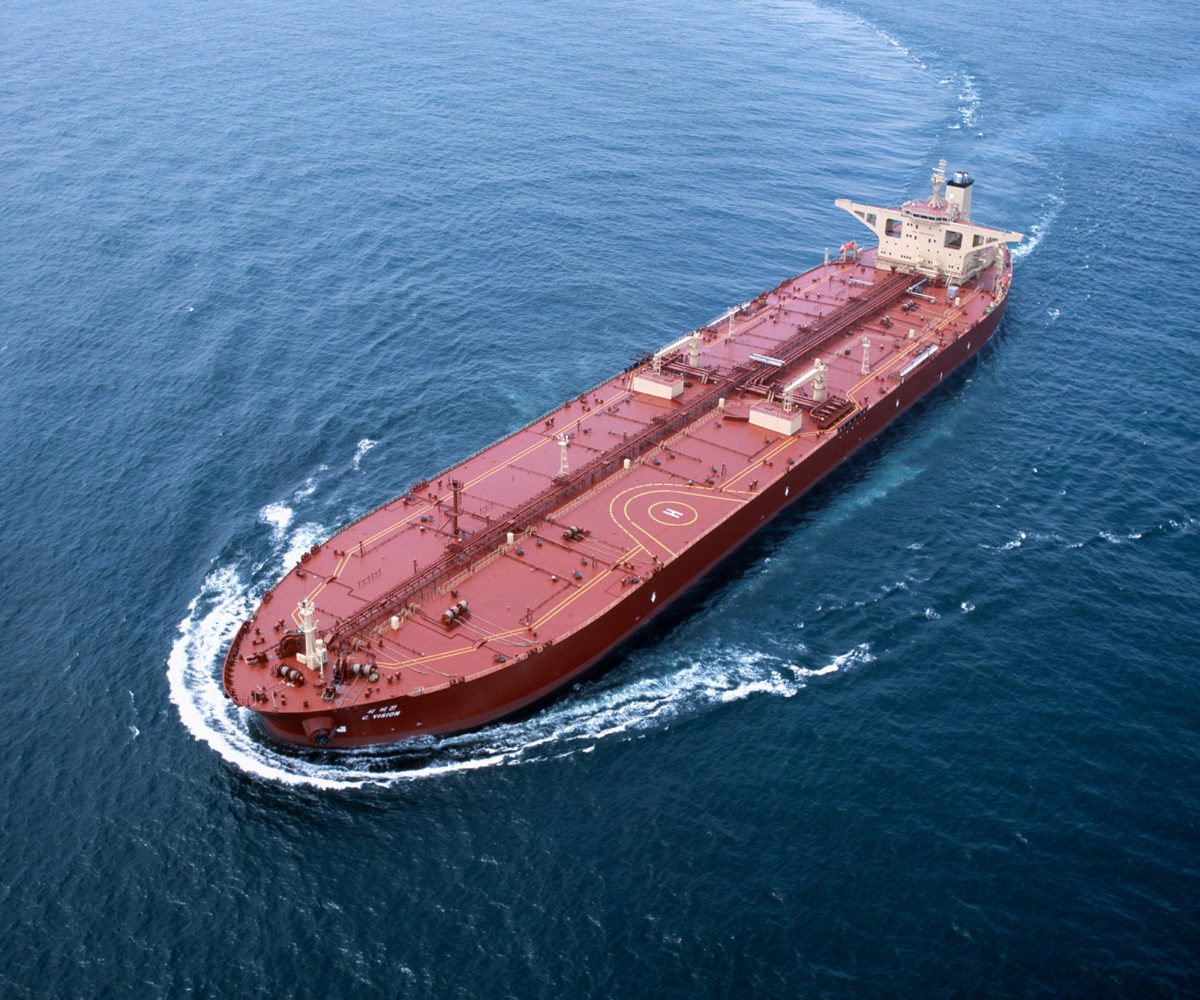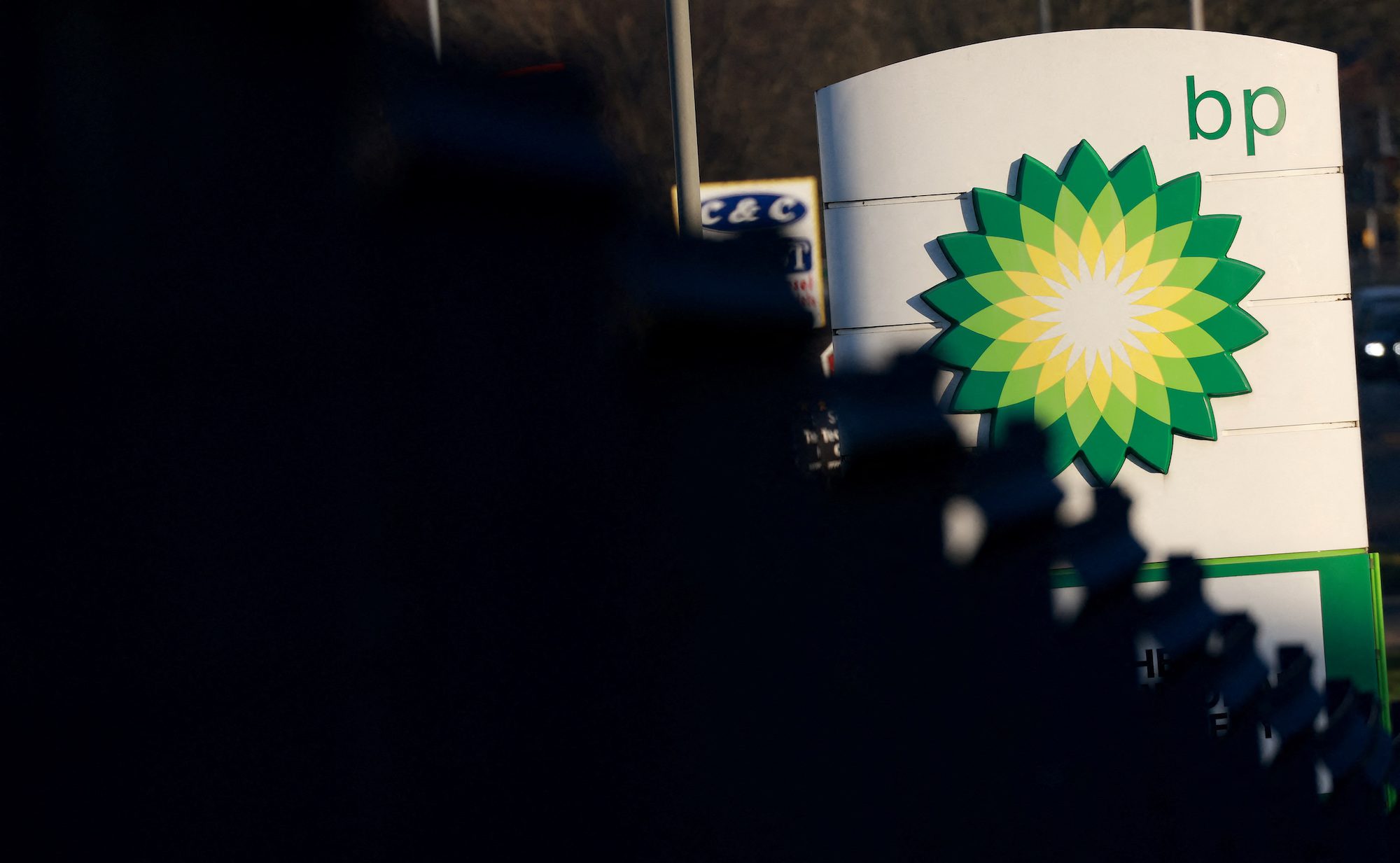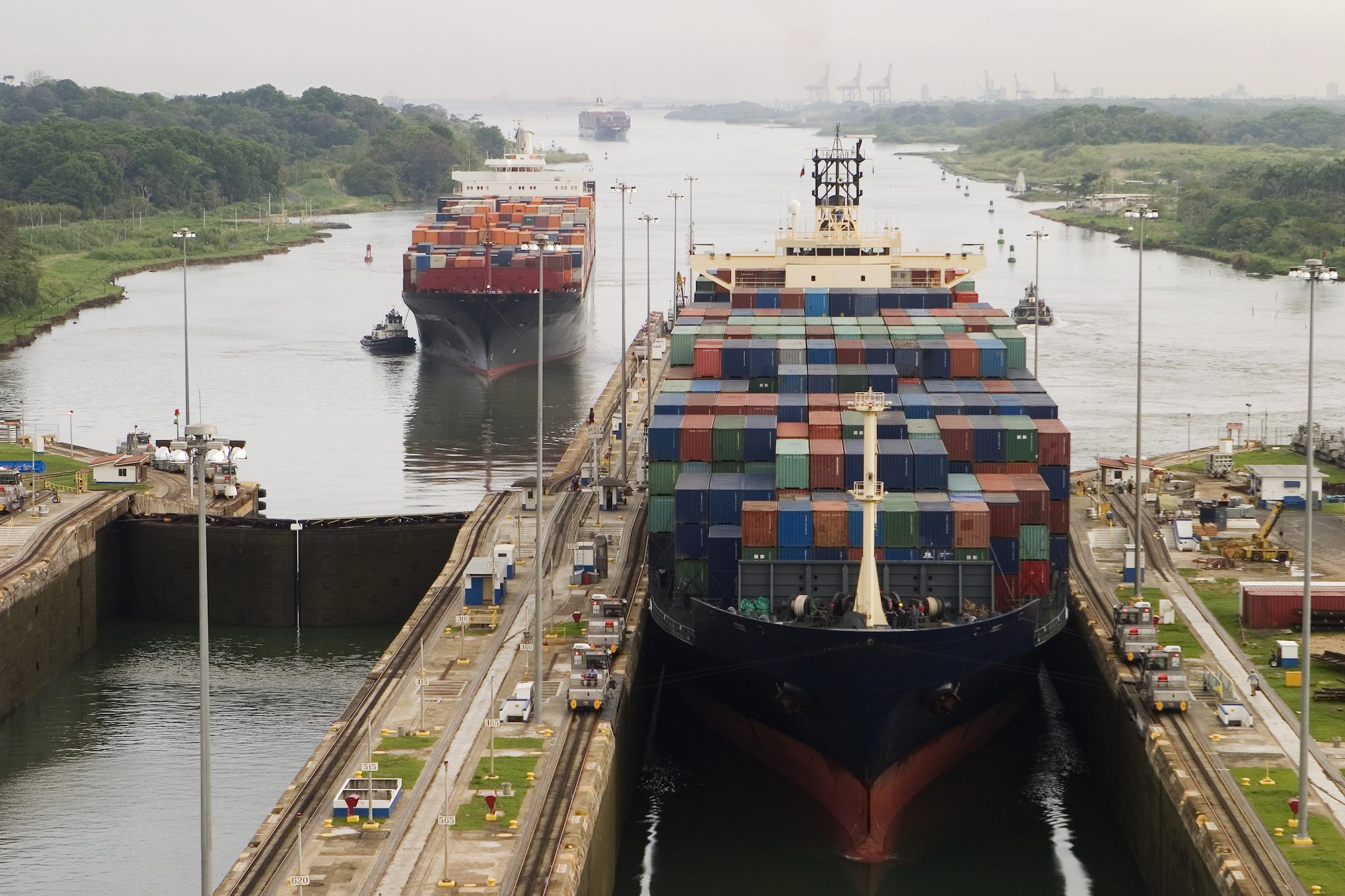File photo
Rob Sheridan
(Bloomberg) — Charter costs for the biggest oil tankers hauling Middle East crude to Asia rose for the first time in three weeks amid speculation more cargoes will become available as Saudi Arabia steps up production.
Hire rates for very large crude carriers on the benchmark voyage between Saudi Arabia and Japan added 1.4 percent to 31.13 industry-standard Worldscale points, according to figures from the Baltic Exchange in London today. The increase was the biggest since March 21, the last time costs climbed. Each of the ships can hold 2 million barrels of oil.
Saudi Arabia, the world’s largest crude exporter, pumped 9.3 million barrels a day in March, up from 9.25 million in February, according to the Paris-based International Energy Agency. Oil supplies are expected to rise as Asian refiners return from maintenance, the IEA said. Still, there are 85 VLCCs available in the Persian Gulf over the next 30 days, little changed from yesterday, Marex Spectron Group said in a report.
“Refinery runs are expected to gain 2.8 million barrels a day toward July, which is positive for crude import demand,” Oslo-based investment bank RS Platou AS said today in an e- mailed report.
The global VLCC fleet’s total carrying capacity will rise 5.1 percent this year, above demand growth of 4.9 percent, according to Clarkson Plc, the biggest shipbroker.
Reduced Speeds
Daily losses for VLCCs plying the benchmark route narrowed to $4,194 from $4,998 yesterday, according to the exchange. The ships lost money on the journey for seven weeks through March 14, according to its assessments, which don’t reflect speed cuts on return journeys after unloading of cargoes aimed at reducing fuel costs.
Marine fuel, or bunkers, ship owners’ main expense, added 0.9 percent to $624.70 a metric ton, according to figures compiled by Bloomberg from 25 ports worldwide. That was the biggest gain since April 2.
The Worldscale system is a method for pricing oil cargoes on thousands of trade routes. Each individual voyage’s flat rate, expressed in dollars a ton, is set once a year. Today’s level means hire costs on the benchmark route are 31.13 percent of the nominal Worldscale rate for that voyage.
The Baltic Dirty Tanker Index, a broader measure of oil- shipping costs that includes vessels smaller than VLCCs, lost 1.2 percent to 674, according to the exchange. That extended the two-day drop to 4 percent.
Copyright 2013 Bloomberg.
Unlock Exclusive Insights Today!
Join the gCaptain Club for curated content, insider opinions, and vibrant community discussions.

 Join The Club
Join The Club













